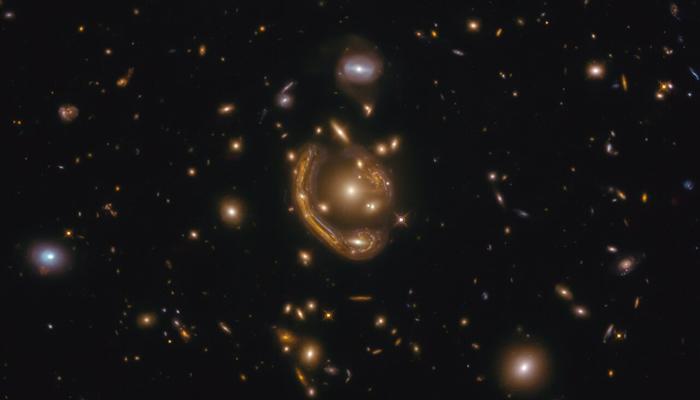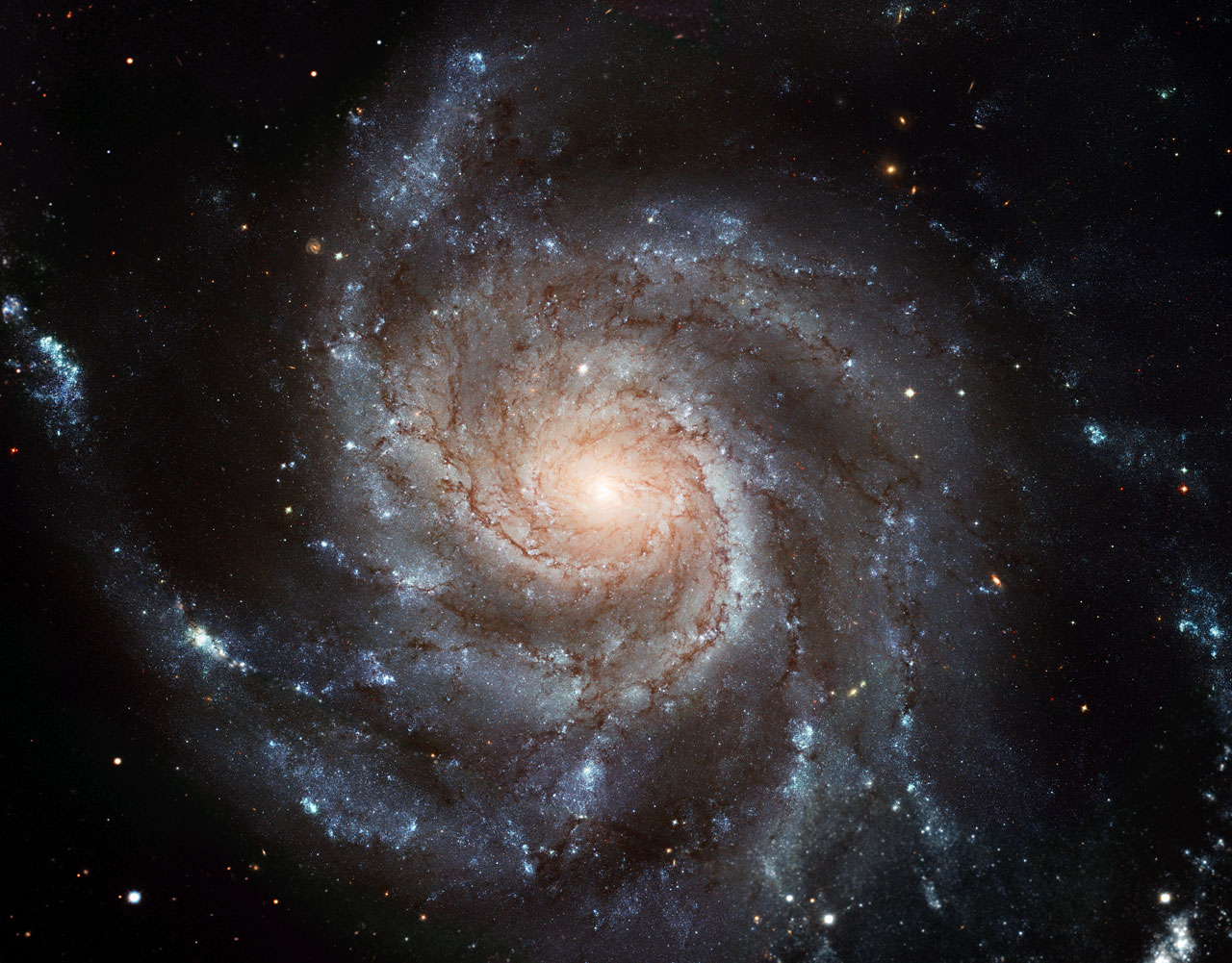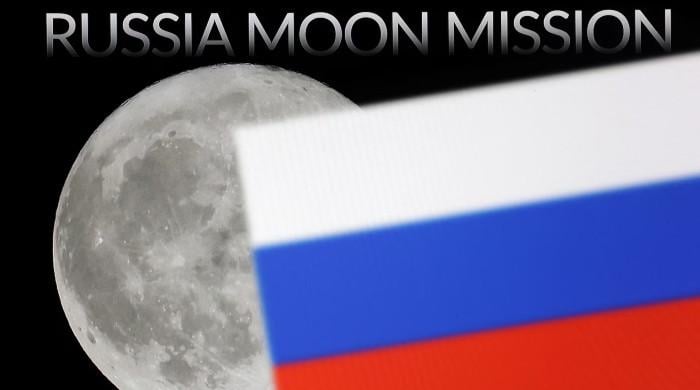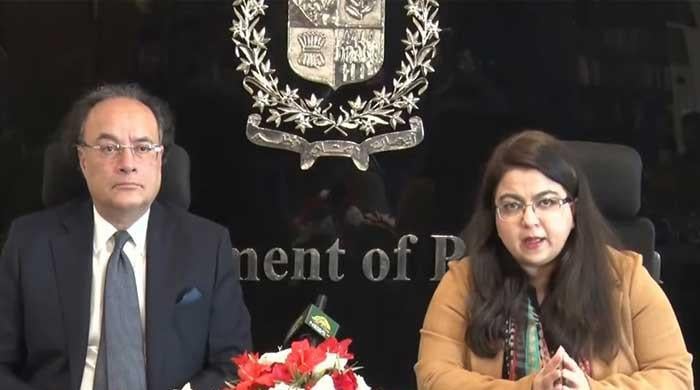Hubble Space Telescope data reveals new far space objects
Hubble Telescope finds objects with variance in brightness
May 10, 2024

Since the James Webb Space Telescope (JWST) released its remarkable pictures from deep space, astronomers have been able to identify several glowing galaxies with possible black holes at the centre.
The objects captured by the James Webb Telescope are those that are massive in size. Little is known about the small galaxies.
The problem was addressed by a recent research paper that analysed the data collected by the Hubble Space Telescope. The study was published in arxiv.

Hubble Space Telescope focused on the night sky and captured images with several observations for years, and then comparing all the data now.
They discovered several interesting and distant objects, as they were looking for bodies that change brightness or luminous black holes.
Chris Lintott, a Professor of Astrophysics at the University of Oxford, wrote in an article at Sky at Night Friday that astronomers found some supernovae that may have exploded between 2012, and now.

The professor also wrote that one supernovae has faded, with some of the bodies showing variation in their luminosity in the last several years.
The study reveals how some objects became dim and some disappeared after being last see0n in 2009 and 2012.
The objects are as old as the first billion years of the Universe’s existence, Lintott wrote.

He believed that there are certain incomprehensible facts about the formation of black holes, according to the recent findings, suggesting, more work needs to be done.









